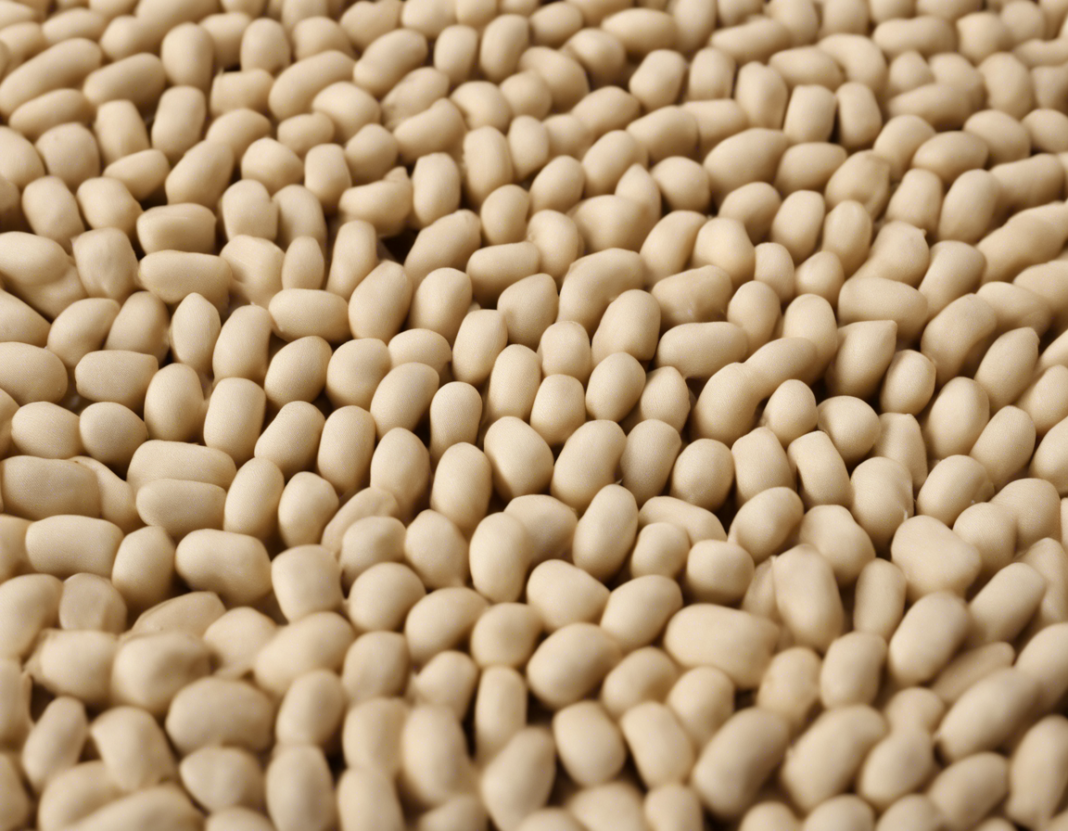Introduction
Starch is a polysaccharide that serves as a vital source of energy in the diets of humans and many animals. Composed of glucose units, starch is a complex carbohydrate consisting of two polysaccharides: amylose and amylopectin. Amylose is a straight-chain polymer, while amylopectin is branched. In this article, we will explore the structure, sources, functions, and potential health benefits of starch.
Structure of Starch
Starch molecules are made up of glucose units linked together by glycosidic bonds. Amylose consists of long chains of glucose units linked by α-1,4-glycosidic bonds. On the other hand, amylopectin contains both α-1,4-glycosidic bonds and α-1,6-glycosidic bonds which create branch points in the molecule. This branching structure allows for rapid enzymatic hydrolysis which makes amylopectin more digestible compared to amylose.
Sources of Starch
Starch is abundantly found in plants as a storage form of energy. Some common sources of starch include potatoes, rice, wheat, corn, and legumes. These foods serve as staple components of many diets worldwide and provide a significant portion of the caloric intake for individuals.
Functions of Starch
One of the primary functions of starch in plants is as an energy reserve. When plants undergo photosynthesis and produce more glucose than they need for immediate energy, the excess is converted into starch and stored in starch granules within plant cells. This stored starch can then be broken down through hydrolysis to provide energy for growth, reproduction, or to fuel metabolic processes when sunlight is not available.
Health Benefits of Starch
Starch is a complex carbohydrate that serves as a slow-release energy source. This means that the glucose molecules are released gradually into the bloodstream, providing a steady supply of energy without causing rapid spikes in blood sugar levels. As a result, starch-rich foods can help individuals feel fuller for longer and maintain stable energy levels throughout the day.
Starch Digestion
The digestion of starch begins in the mouth with the enzyme salivary amylase, which breaks down starch into smaller oligosaccharides. The process continues in the small intestine where pancreatic amylase further hydrolyzes the starch into maltose and dextrins. These disaccharides are then broken down into glucose by enzymes on the surface of intestinal cells, allowing for absorption into the bloodstream.
Resistant Starch
While most starch is readily digested and absorbed in the small intestine, some types of starch are classified as resistant starch. This type of starch is not fully digested in the small intestine and instead passes into the large intestine where it undergoes fermentation by gut bacteria. Resistant starch has been associated with various health benefits, including improved gut health, weight management, and blood sugar control.
Cooking and Starch
The cooking or heating of starch-containing foods can significantly impact the digestibility and glycemic response of starch. Gelatinization refers to the process in which starch granules swell and absorb water during cooking, leading to the disruption of the granule structure and making the starch more accessible to digestive enzymes. Cooking can also increase the glycemic index of starch, influencing how quickly it raises blood sugar levels.
FAQs about Starch
-
Is starch bad for you?
Starch is a vital source of energy and can be part of a balanced diet. However, consuming excessive amounts of refined starches, such as white bread and pastries, can contribute to weight gain and blood sugar imbalances. -
Are there healthy sources of starch?
Yes, there are many healthy sources of starch such as whole grains, legumes, fruits, and vegetables which provide essential nutrients along with carbohydrates. -
Can starch be included in a weight loss diet?
Starch can be included in a weight loss diet in moderate amounts, especially when consumed from whole food sources that are high in fiber and nutrients. -
What is the difference between starch and sugar?
Starch is a complex carbohydrate composed of long chains of glucose units, while sugar refers to simpler carbohydrates such as glucose, fructose, and sucrose. -
Is resistant starch beneficial for gut health?
Yes, resistant starch serves as a prebiotic that feeds beneficial gut bacteria, promoting a healthy gut microbiome and overall digestive wellness.
Conclusion
Starch is a fundamental component of the human diet, providing a sustainable source of energy and fulfilling various physiological functions. Understanding the structure, sources, digestion process, and health implications of starch can help individuals make informed dietary choices and optimize their nutritional intake for overall well-being. By including a variety of starch-rich foods in a balanced diet, individuals can harness the benefits of this essential carbohydrate while supporting their health and vitality.
